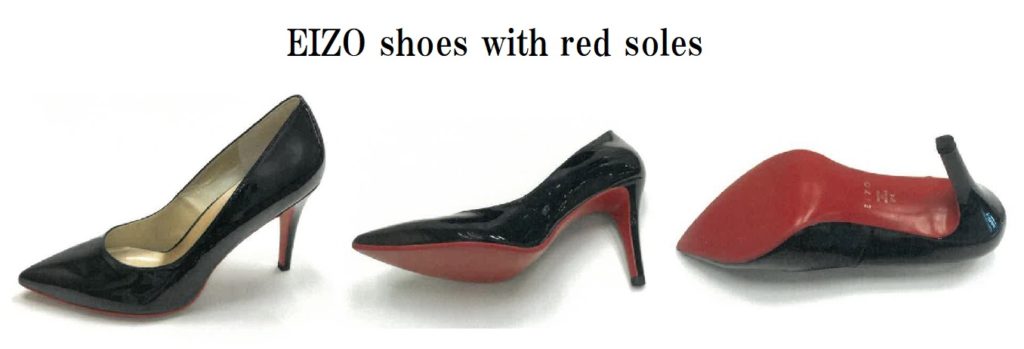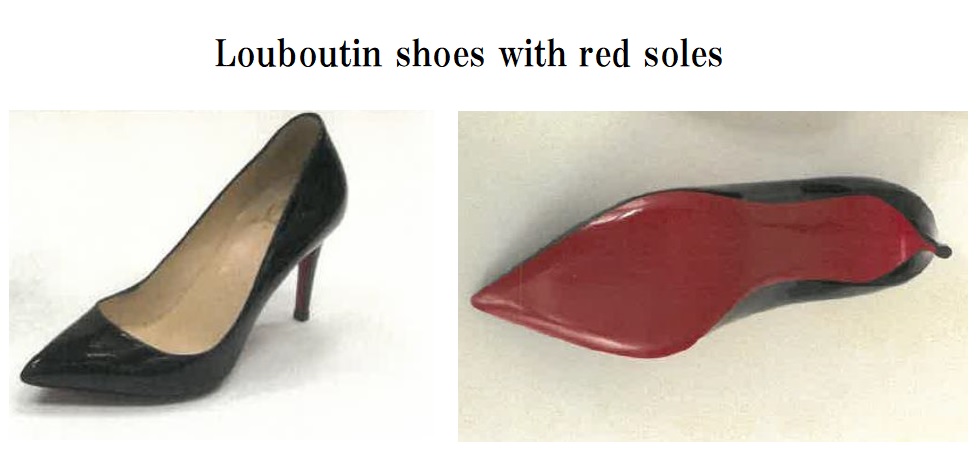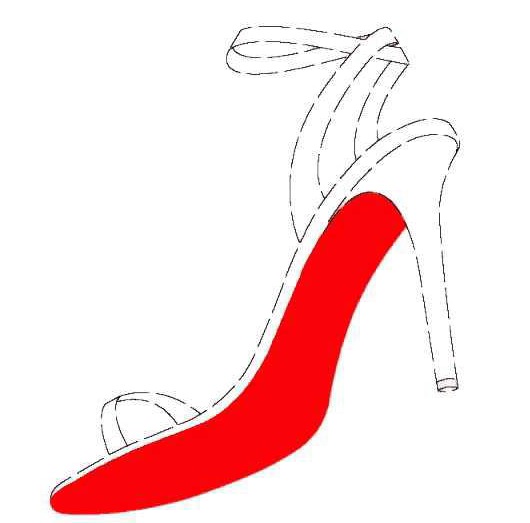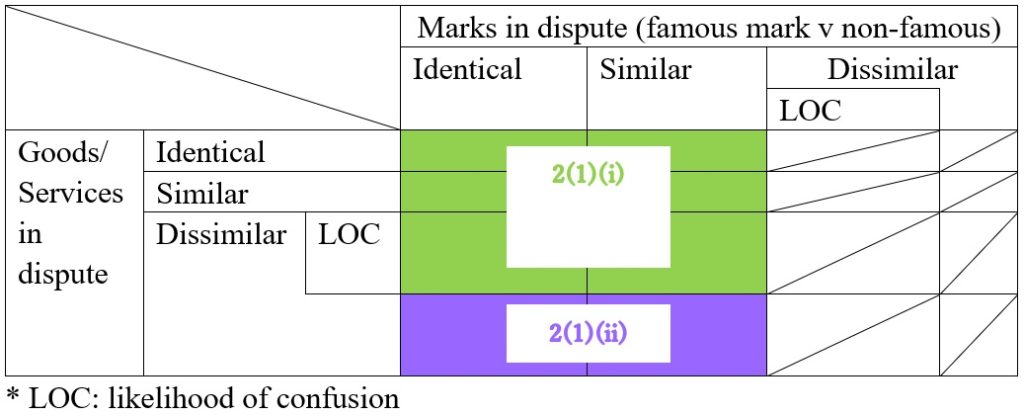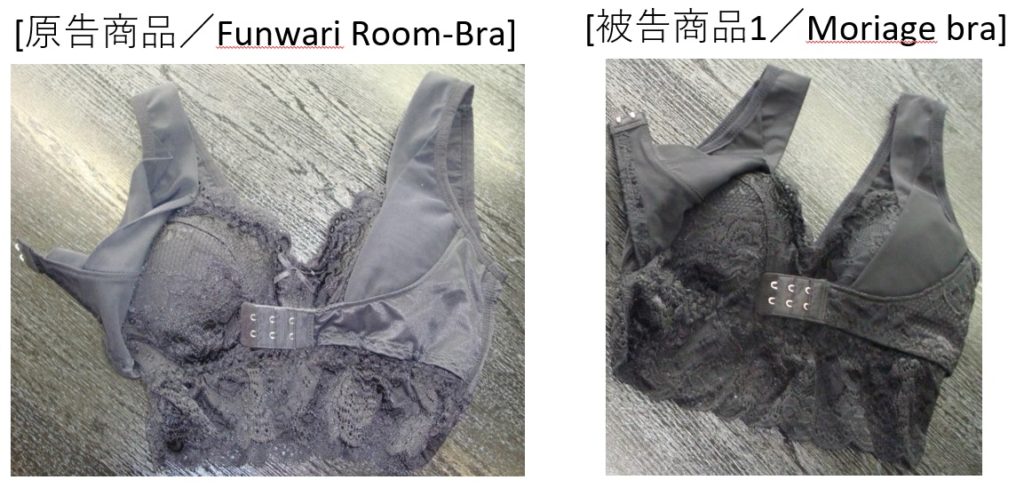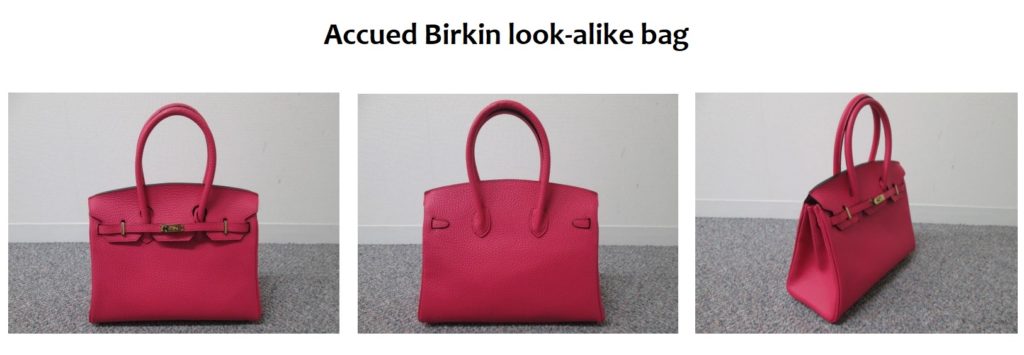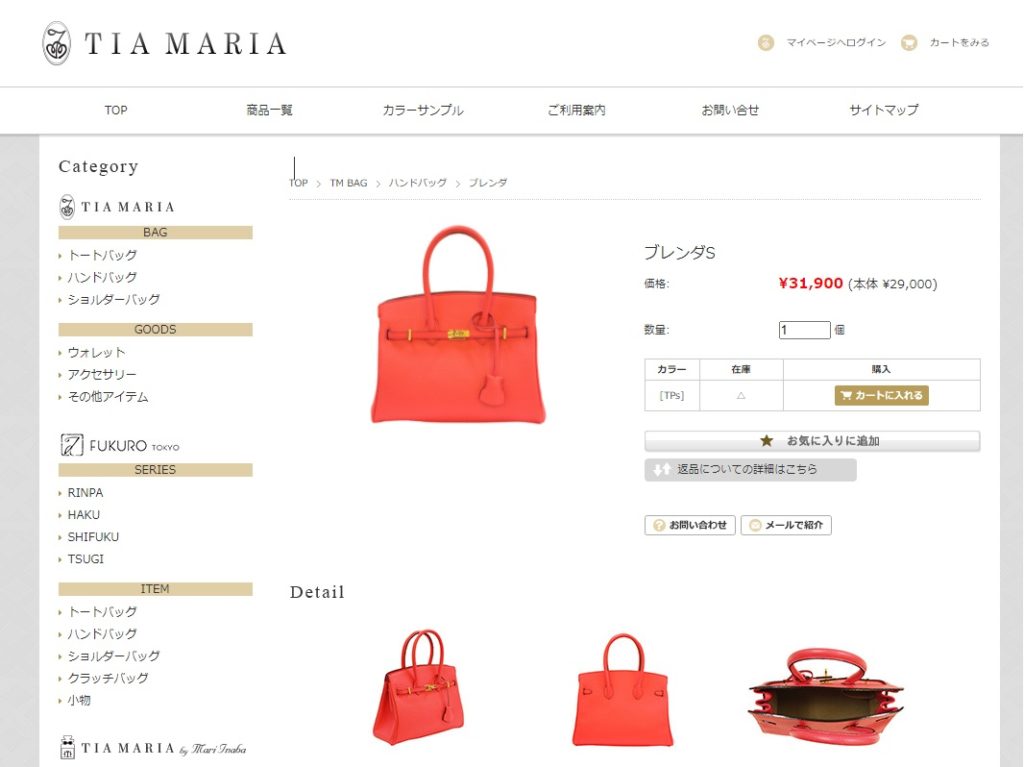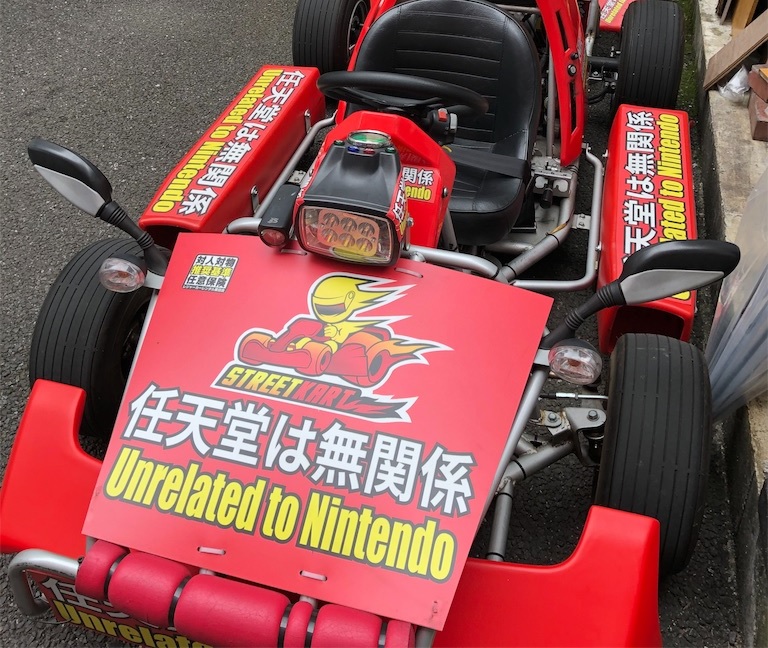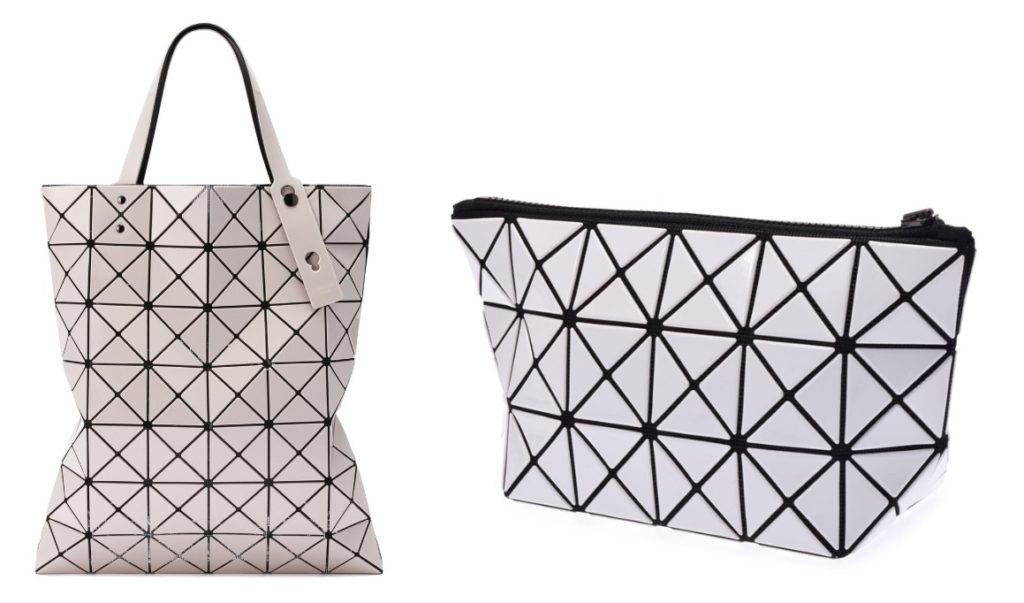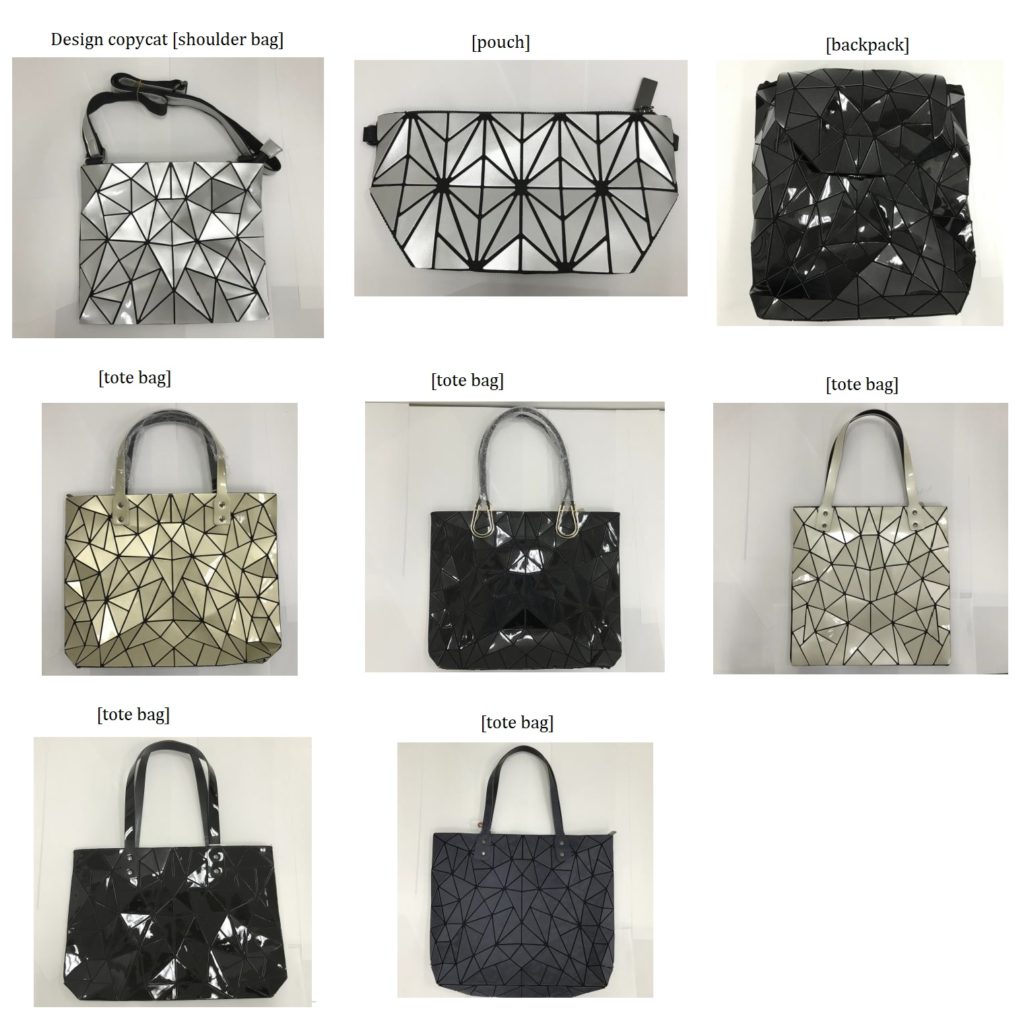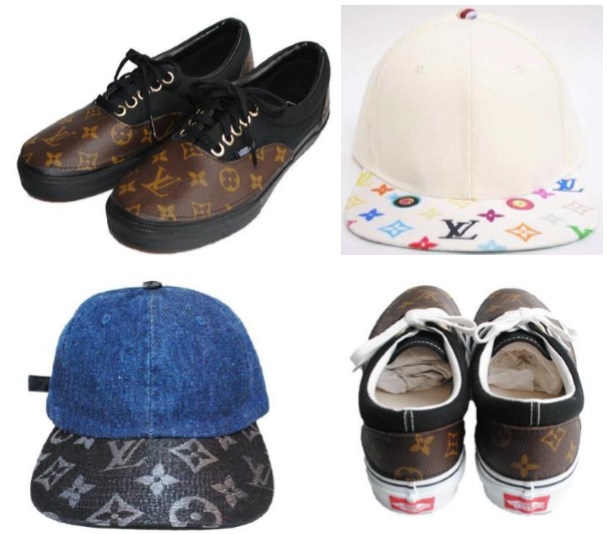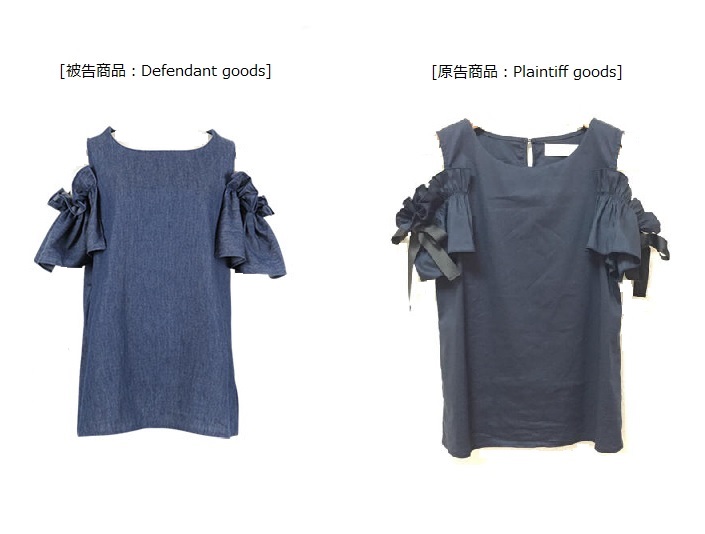On March 9, 2023, the Tokyo District Court awarded HERMES INTERNATIONAL JPY5,640,112 for infringement of its trademark right pertinent to the 3D shape of the Birkin bag and Kelly bag.
[Judicial case no. Tokyo District Court – Reiwa3(wa)22287]3D mark of Hermès Birkin and Kelly Bag
HERMES INTERNATIONAL, a French luxury fashion house, has owned Japanese trademark registration no. 5438059 for the 3D shape of the “Birkin” bag and no. 5438058 for the “Kelly” bag in connection with handbags (class 25) since 2011 by successfully demonstrating acquired secondary meaning as a specific source indicator of Hermès’ luxury bags.
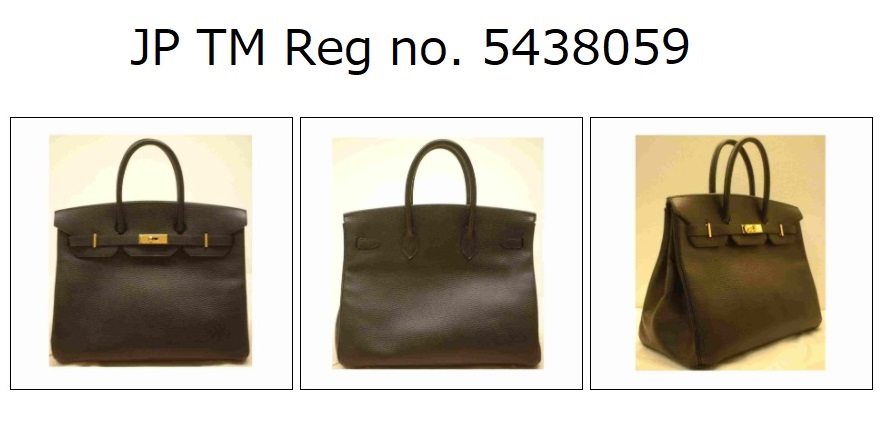
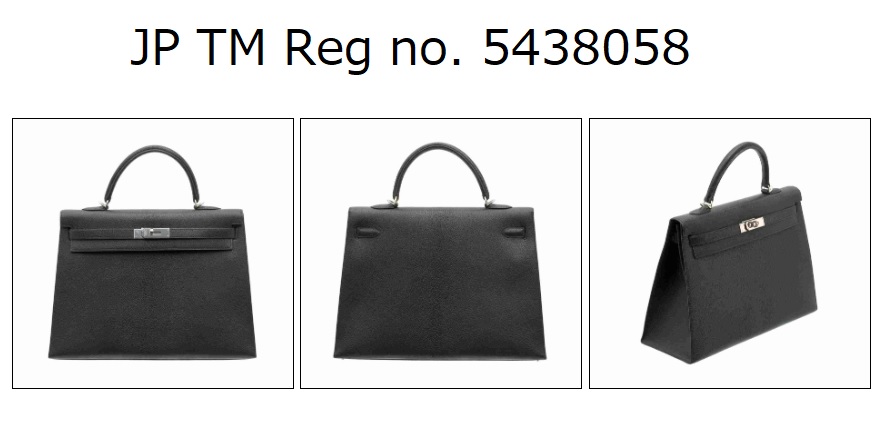
Birkin and Kelly Bag Imitations
Hermes sued NAO INTERNATIONAL Co., Ltd. at the Tokyo District Court for violating its trademark right and the unfair competition prevention law by allegedly selling 214 Birkin look-alike bags and 184 Kelly look-alike bags in Japan with a price tag of JPY2,270 (approx. USD20) at their brick-and-mortal shops and online shop from December 20, 2019, to February 13, 2021.
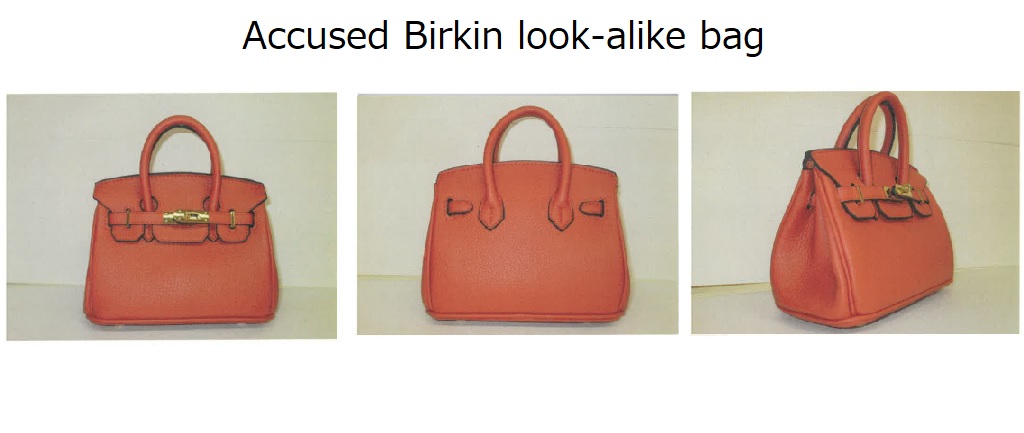
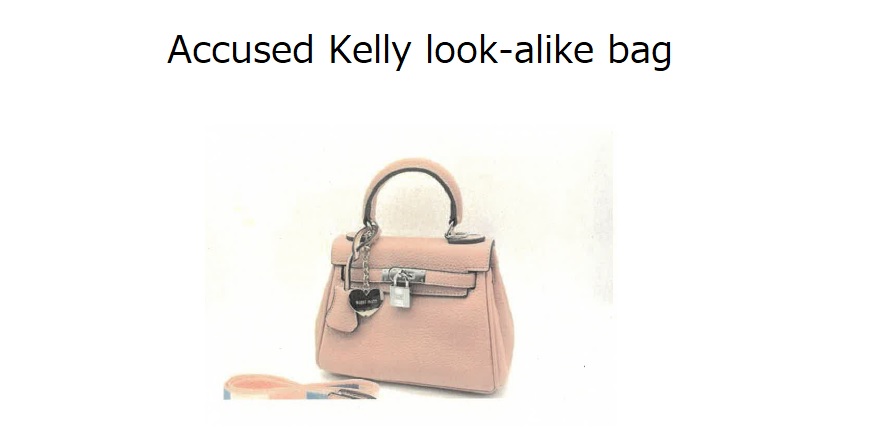
Court decision
The Tokyo District Court found that the defendant’s bags respectively resemble 3D marks representing Hermès Birkin and Kelly Bag in an appearance on the ground that the defendant’s bags contain a basic and unique configuration enabling to distinguish Hermès Birkin and Kelly Bag from others. A difference in details is trivial and would not give rise to a distinctive impression in the mind of consumers.
Taking into consideration the fact that both bags are promoted for sale at the department store, the court has a reason to believe relevant consumers are likely to confuse the source of the defendant’s bags with Hermes.
Even though there is a severe price gap between the Hermes bag and the defendant bag, bearing in mind that authentic second-hand Hermès handbags are sold relatively at low prices, such a price gap would be anything but sufficient to negate the likelihood of confusion.
The court measured damages to recover (i) the defendant’s actual profits of infringing bags (JPY5,150,140) by reducing 20% (not attributable to goodwill on Hermès bags) for JPY4,120,112, (ii) “mental suffering” caused by an infringement for JPY1,000,000, and (iii) reasonable attorney fee for JPY520,000.
To read a full text of the Tokyo District Court decision (Japanese only), click here.

